SPCC Regulations: Know the Applicability Rules for Lasting Compliance
By : Admin -
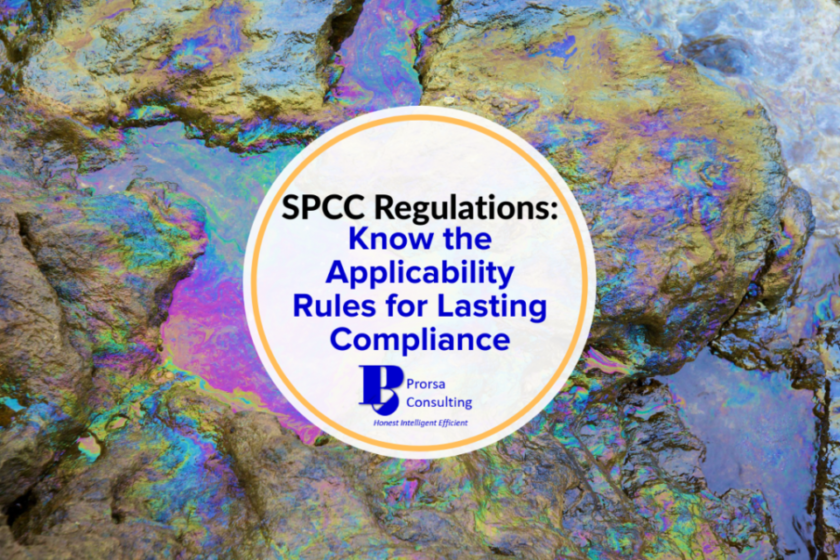
The spill prevention, control, and countermeasures (SPCC) regulations about applicability shouldn’t pose a mystery to any facility with oil on-site.
The federal government has issued specific mandates to protect navigable waters and shorelines in the United States from oil contamination. The Oil Pollution Prevention rule found at 40 CFR 112 is enforced by the Environmental Protection Agency (EPA) and contains the SPCC regulations federally.
Organizations without a clear understanding of the SPCC rules and a robust applicability assessment may leave the environment unprotected from oil contamination and put their operations at risk. However, businesses can act to ensure they do their part to protect our water resources from oil pollution. Knowing the applicability requirements for SPCC serves as a valuable first step.
SPCC Regulations: Who is regulated?
Covered Facilities, Activities, and Containers
The Oil Pollution Prevention rule generally covers non-transportation facilities with on-site oil products. These operations may incorporate petroleum oils, non-petroleum oils, or both into their processes and may be onshore or offshore.
Additionally, the regulation identifies several covered activities. If a site drills, produces, gathers, stores, processes, refines, transfers, distributes, uses, or consumes oil or oil products, it may be subject to the SPCC regulations.
The SPCC regulations also list the applicable oil containers, which include the following:
- Aboveground containers
- Completely buried tanks, i.e., underground storage tanks (UST)
- Containers used for standby, seasonal, or temporary storage
- Bunked or partially buried tanks, which are classified as aboveground store containers
Discharge Potential
The rule helps protect water resources, so the facility must also “reasonably be expected” to discharge oil in harmful amounts into applicable water bodies. Federal regulations define quantities of oil that may be harmful as amounts that are non-compliant with water quality standards, cause a sheen, film, or discoloration on the water’s surface, or result in an emulsion or sludge below the water’s surface.
Subsequently, the potential for discharge primarily relates to a facility’s physical location, including the distance to a covered water body and the site’s topography. Artificial controls to prevent oil discharge cannot be included when assessing a site’s discharge potential.
Hence, facilities possessing all of the following characteristics generally must comply with the SPCC regulations:
- onshore or offshore
- non-transportation related, i.e., not regulated by the U.S. Department of Transportation (USDOT)
- engage in a covered activity with oil
- possess underground or aboveground containers, even if used only for standby, seasonal, or temporary storage of oil
- have a reasonable expectation of discharging oil in harmful quantities to an applicable waterway.
Yet, the applicability assessment does not end here because the Oil Pollution Prevention regulation has numerous exemptions, which we’ll cover in the next section.
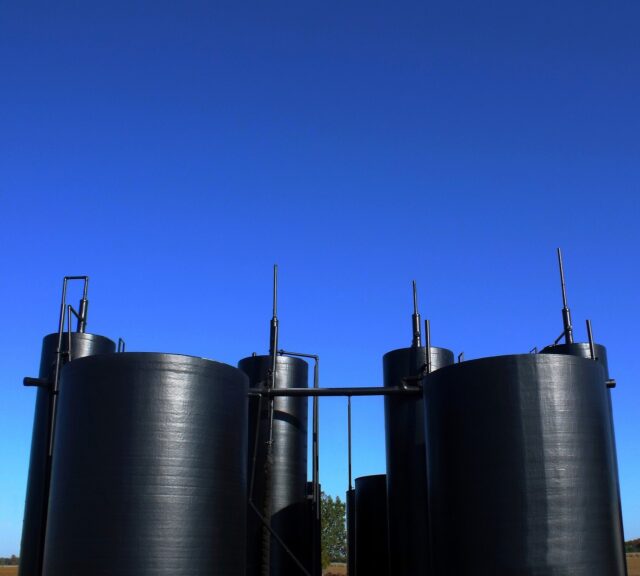
Image by PublicDomainPictures at Pixabay.com.
SPCC Regulations: What are the applicability exemptions?
Facilities not under EPA jurisdiction
Certain operations may perform one or more of the covered oil activities but not be regulated by EPA under the Clean Water Act (CWA). Sites with no reasonable expectation of oil discharge, meaning sites with no discharge potential to applicable waterways, would exist outside EPA’s regulatory authority under the CWA.
Moreover, equipment, vessel operations, or facilities (onshore or offshore) regulated by the USDOT or the U.S. Department of the Interior would also fall outside EPA’s jurisdiction due to Memorandums of Understanding (MOU).
The first MOU, dated November 24, 1971, clearly defines which facilities are transportation-related and regulated under the USDOT versus the non-transportation-related facilities regulated by EPA. The second MOU, dated November 8, 1993, explains which agency would have jurisdiction over certain facilities with proximity to coastlines.
Sites with storage capacities below threshold quantities
The Oil Pollution Prevention rule does include storage capacity threshold quantities for containers. EPA-regulated facilities with oil storage capabilities under the thresholds are not obligated to develop an SPCC plan.
Underground Storage
Locations with an underground oil storage capacity of 42,000 gallons are exempted from SPCC regulations unless the facility exceeds the aggregate aboveground capacity threshold. Furthermore, when calculating the capacity, facilities can exclude liquid petroleum product UST systems and hazardous substance UST systems that comply with all the technical requirements of 40 CFR 280 or an approved UST state program conforming to 40 CFR 281.
USTs supplying emergency diesel generators at nuclear power plants and under the Nuclear Regulatory Commission’s jurisdiction for design and quality criteria (see 10 CFR 50) may also be excluded from the underground storage capacity calculation. Additionally, the capacity determination should exclude any permanently closed container and any intra-facility gathering lines containing natural or other gases (regulated under 49 CFR 192) or hazardous liquids (subject to 49 CFR 195).
Aboveground Storage
Facilities possessing a combined aboveground oil storage capacity equal to or less than 1,320 gallons may be exempted from SPCC regulations, except if a site exceeds the underground storage capacity threshold. Locations should only include containers with a capacity of 55 gallons or greater in the computation of aboveground capacity.
Likewise, the capacity of the following items would not count when determining the aggregate storage capability above ground:
- permanently closed containers
- motive power containers
- pesticide application equipment or associated mixing containers
- heating oil containers for sole use at single-family homes
- milk containers and related pipes and accessories
- hot-mix asphalt and its associated containers
Facilities must have oil storage capabilities equal to or less than both the underground and aboveground capacity thresholds to qualify for an exemption. Sites that exceed the underground threshold but not the aboveground capacity or vice versa are required by the SPCC regulations to develop a plan.
Particular Containers Regardless of Capacity
Additionally, the rules provide exceptions to specific oil containers, no matter their storage capacity. Many of these will seem familiar, as most are explicitly excluded from the capacity determinations for aboveground and underground containers.
The containers that qualify for an SPCC applicability exemption irrespective of storage capability include the following:
- UST systems that comply with 40 CFR 280 or an approved state program under 40 CFR 281
- USTs providing diesel to emergency generators as nuclear power generation facilities
- Containers with a storage capacity of fewer than 55 gallons
- Containers utilized exclusively for wastewater treatment, like oil water separators and similar equipment, as long as the SPCC regulations do not require them
- Motive power containers
- Milk containers and associated accessories and pipes
- Pesticide application and mix containers and equipment
- Containers for sole use at single-family residences that contain heating oil
- Hot-mix asphalt and hot-mix asphalt containers
- Intra-facility gathering lines subject to 49 CFR 192 or 49 CFR 195
If your operations aren’t covered or qualify for an exemption, your site won’t be subject to the Oil Pollution Prevention rule requirements.
Spill Prevention Plan Requirements: Developing Your Strategy to Comply
Covered facilities that do not qualify for exemption must develop and implement an SPCC plan. The plan will outline the practices and controls the site will utilize to protect the environment from damage caused by an oil release on the property.
Plan Categories within the SPCC Regulations
Federal SPCC regulations allow covered entities three options for preparing and certifying their plans based on the amount of aggregate oil storage capacity on-site and the location’s spill history. The first of these options is a Professional Engineer (P.E.) reviewed and certified plan. Facilities with an aggregate aboveground storage capacity of greater than 10,000 gallons or a history of oil discharges must have their SPCC plans developed and approved by a P.E.
Sites that meet the requirements for qualified facility status can prepare and self-certify their spill prevention plans without engaging an engineering consultant. To be granted qualified status, locations must meet all the following criteria:
- Total aggregate aboveground oil storage capacity of greater than 1,320 gallons but less than or equal to 10,000 gallons;
- Zero oil discharges of over 1,000 gallons in the prior three years; and
- No two oil discharges over 42 gallons each within a twelve-month period during the preceding three years.
Qualified Facility Tiers
Qualified facilities can be categorized as Tier I or Tier II. Tier I sites possess no individual aboveground oil storage containers over 5,000 gallons in capacity. These sites can avail themselves of the second option for SPCC plan preparation and certification by completing and self-certifying the SPCC Plan Template found in Appendix G of 40 CFR 112.
Tier II qualified facilities have one aboveground oil storage container with a capacity greater than 5,000 gallons. Under Tier II, sites can complete their plan development using the third option of self-preparing and self-certifying the plan in conformance with all the applicable requirements of 40 CFR 112.7 and subparts B (40 CFR 112.8-112.11) and C (40 CFR 112.12-112.15).
Qualified facilities should review their state rules for SPCC plan requirements before preparing and self-certifying their plans. In some states, a P.E. must review and certify all SPCC plans.
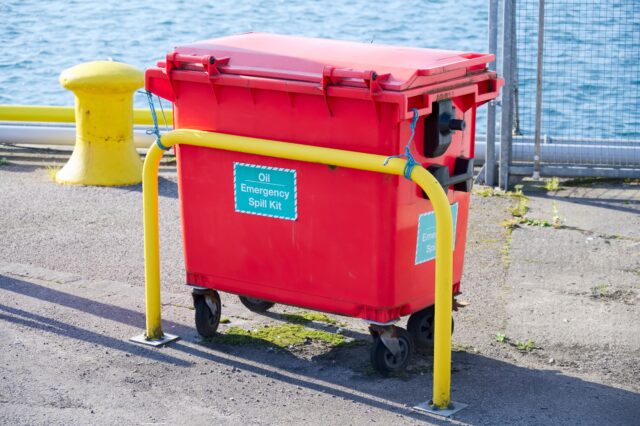
Image by Richard Johnson at stock.adobe.com.
Construct the Plan as a Roadmap to Compliance with SPCC Regulations
A facility’s spill prevention plan should guide all on-site activities to prevent and control oil discharges. It should go without saying that the spill prevention plan must be written and fully maintained at the facility. Moreover, plans must be made available on-site for regulators to review during regular working hours.
These documents must be updated as site conditions change, i.e., the addition of oil storage containers or relocation of a storage area. SPCC plans also must be reviewed and evaluated at least once every five years. Facilities must complete plan amendments within six months. The amendments should include more effectual, field-proven technologies that will substantially reduce the potential of a discharge if such technology was identified during the review and evaluation.
SPCC regulations require that all plans employ good engineering practices and discuss how facilities will comply with the applicable mandates within the rules. Furthermore, management must approve the plan and allot appropriate resources to ensure full implementation.
Other Posts Related to SPCC Regulations
Reduce Risk and Instantly Master Your Stormwater Compliance with 5 Essential Strategies
16 Quick Items for a Timesaving Environmental Walkthrough Inspection
Keep An Eagle Eye on Secondary Containment for Improved Environmental Management
Final Thoughts on SPCC Rules
Spill prevention, control, and countermeasure requirements help facilities protect our water resources. Companies that know the rules, develop a proper spill prevention plan, and execute the plan’s activities well will lower environmental risks. Additionally, a robust SPCC program keeps the business compliant, which positively impacts the business’s bottom line.
We encourage your feedback on this blog. So, like, comment, and share below if you enjoyed this post. You can also provide your thoughts to us via our Contact Us page.
Follow Prorsa Consulting on LinkedIn, Pinterest, and Twitter!
Prorsa Consulting helps businesses assess, maintain, and improve environmental and safety compliance to lower business risk and positively impact bottom lines. Schedule a discovery call and begin the journey to stellar EHS performance.
Access to additional EHS information and resources from Prorsa Consulting awaits you. Subscribe to Prorsa’s Newsletter below for our exclusive subscriber-only content. You’ll also gain access to the tools, templates, and presentations housed in our Free Resources area. Take advantage of this free subscription now!
SPCC Regulations: Know the Applicability Rules for Lasting Compliance



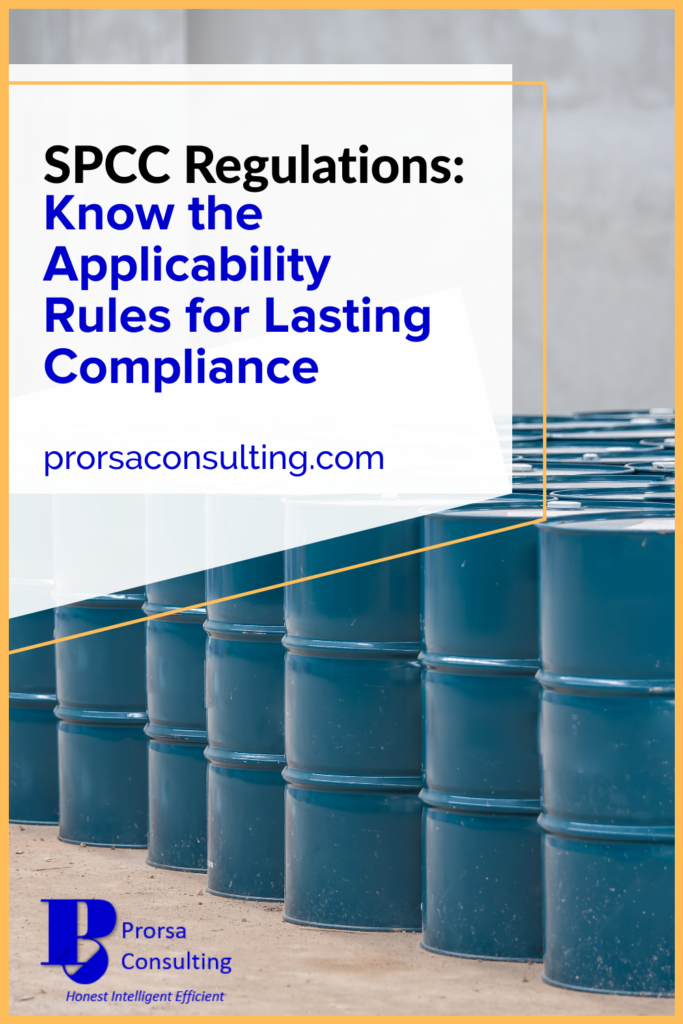

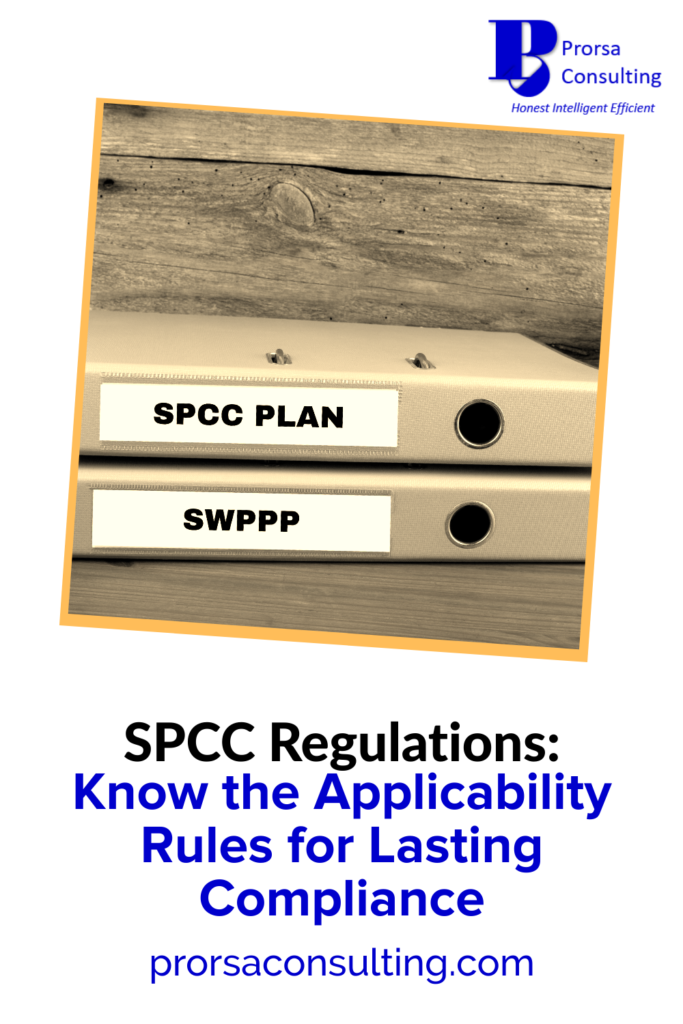
helloI really like your writing so a lot share we keep up a correspondence extra approximately your post on AOL I need an expert in this house to unravel my problem May be that is you Taking a look ahead to see you
Leland,
Thanks for your comment and high praise! I hope you continue to find value in our posts. Feel free to set up a free discovery call to further discuss your issue and uncover whether Prorsa can assist.
Regards,
Denyse